The Harmattan season is here again and although it brings lots of benefits for poultry farmers, it also comes with certain hazards. This is due to the fact that the North-East trade winds that bring us this beautiful season comes all the way from the Sahara desert and brings along fine dust particles and sand, spreading wind-borne infections for thousands of miles.
Cold temperature and low humidity are the hallmarks of harmattan and these two factors are associated with an increase in the occurrence of respiratory tract infections in poultry.
How Harmattan Affects the Respiratory Tract’s Local Immunity
To better understand the effects of harmattan on the avian respiratory system, let’s take a peek into the local immunity of the avian respiratory system.
The avian respiratory system has two main anatomical structures that act as barriers against pathogens, dust, and other foreign particles. They are:
1) The nasal cavity: This is the portal through which the air flows into the respiratory tract. It filters the bigger particles and also warms and moistens the air.
2) The epithelium (covering) which is covered by cilia ( tiny hair-like structures). Certain special cells in this epithelium secrete mucus which traps particles and pathogens that are then swept out by the coordinated movement of the cilia.
How Birds are Predisposed to Respiratory Tract Infections
Any conditions that alter the afore-described structure make it easier for pathogens to invade the respiratory tract. These conditions include:
- Extreme temperatures,
- Extreme humidity,
- Poor or altered nutrition,
- Transportation,
- Overpopulation,
- Participation in a poultry show
- Introduction of new animals to an existing flock,
- Vaccination, etc.
Amongst these, extreme temperatures and low humidity are especially critical during harmattan. Low humidity leads to dryness and cracks in the respiratory tract which can damage the epithelium making it easier for pathogens to penetrate. If cilia is damaged, it takes 7 to 14 days to regenerate. This is the time which your birds are more prone to infections.
Effects of Respiratory Tract Infections in Poultry
When this local immunity is compromised, lots of disease-causing organisms can come in, including bacteria, viruses and fungi. These include Mycoplasmosis, Infectious Bronchitis, Avian Rhinotracheitis, Infectious Laryngotracheitis, etc. These organisms quickly multiply and spread causing various problems. The bird tries to get rid of the pathogens by secreting more mucus.
This, however, results in congestion of the airways (impeding breathing and causing great discomfort) and reduction in or total loss of appetite. The feed intake and feed conversion are affected, resulting in loss of production. Broilers are badly affected as mortality quickly rises.
Some of these infections descend to affect other systems and rapidly become pansystemic. Opportunistic organisms like E- coli also come in. In addition, the avian reproductive system is so close to the respiratory system making it very likely for respiratory tract infections to affect the oviduct. Layers are thus badly affected.
Even in growers, diseases like Infectious bronchitis can permanently alter the reproductive system leading to false layers or internal layers. The prognosis in such cases is as bad as your guess.
Prevention and treatment
The best treatment for Respiratory tract infections in poultry is prevention as infected birds might remain carriers for life.
1) Minimise stress on the birds.
2) Ensure that stocking density and ventilation are correct.
3) Buy disease-free birds from a reputable supplier.
4) Use essential oils like Mentoforte and Intra aerosol
MENTOFORTE is an organically prepared ointment which contains menthol and Eucalyptus oil.
INTRA AEROSOL is a blend of Menthol, Eucalyptus oil and Peppermint oil.
These products can be used either alone for prevention or as an adjunct with recommended antibiotics for treatment.
It drastically reduces the chances of respiratory diseases and greatly improves treatment outcome by:
1) Eliminating the mucus which accumulates and will otherwise be a substrate for secondary bacterial infections.
2) Reducing inflammation of the airways
3) Soothing cough
4) Promoting appetite and feed intake
5) Helping regenerate the respiratory epithelium especially the trachea that acts as a barrier against the entry of particles and pathogens. Plus, it has a refreshing flavour and eases breathing thereby reducing stress.
WARNING
These products contain essential oils for symptomatic treatment. It does not replace treatment with antibiotics. They are first aid products that we should always have on our farms to administer the very first moment we suspect animals are predisposed to respiratory problems. A delayed administration can impair results.
For the treatment of established cases, consult your poultry veterinarian for adequate diagnosis and prescription of necessary antibiotics to treat the specific cause.
Written by Dr Sherifat Abubakar,
BDO Kaduna State,
Adamore Nig. Ltd.

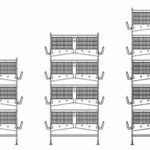


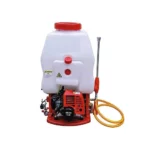
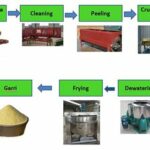

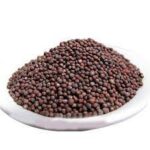





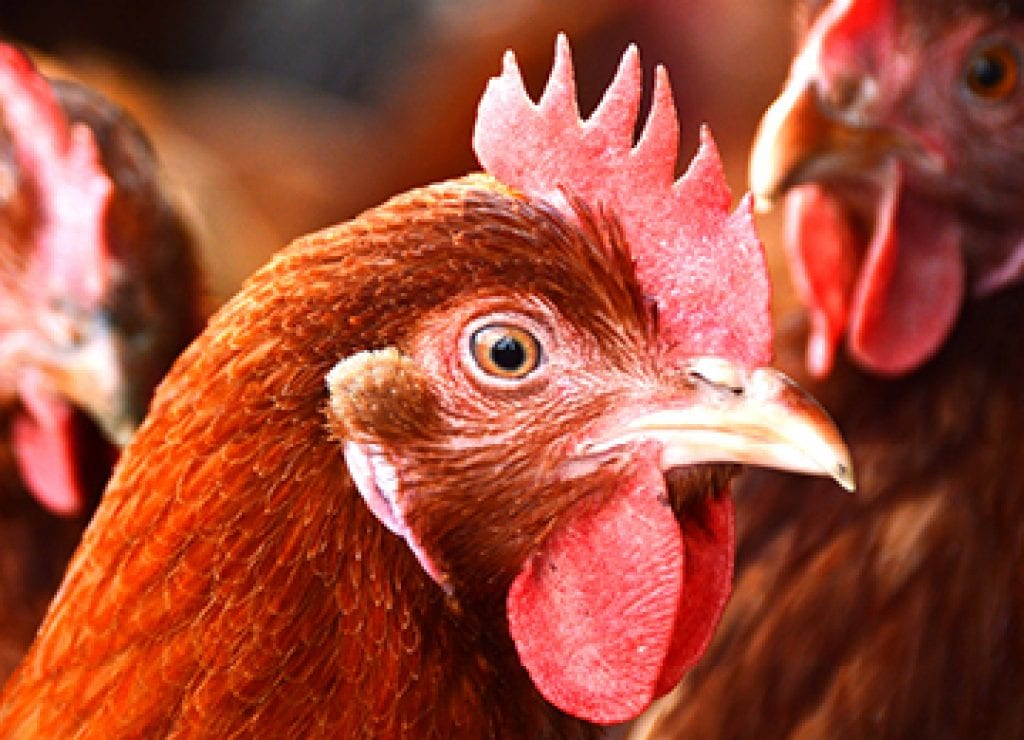

8 thoughts on “Poultry Farming: Getting The Best Production During Harmattan”
Wow, this is great, thanks
I am glad you found this post great
Thank you
Don’t forget to subscribe to get updates on our blog posts, at the footer of the website
You can click the link below to read other insightful articles
https://afrimash.com/blog-normal/
Cheers
Very educative
I am glad you found this educative
Thank you
Don’t forget to subscribe to get updates on our blog posts, at the footer of the website
You can click the link below to read other insightful articles
https://afrimash.com/blog-normal/
thank you Dr Sherifat Abubakar. a nice post.
Hello Baba Danjuma,
I’m glad you find this post nice,
You can get all you need to make poultry farming convenient, from cradle to table,
Click here to see great offers we have for you
Good post.
Hello Mr. Adigun,
We appreciate the feedback.
Afrimash @ 4
Kindly CLICK HERE to check out our new arrivals this week and enjoy great coupons on your checkout page
Also follow us on our social media platform with @afrimash to enjoy our anniversary package between 25th – 29th of February, 2020
Warm regards